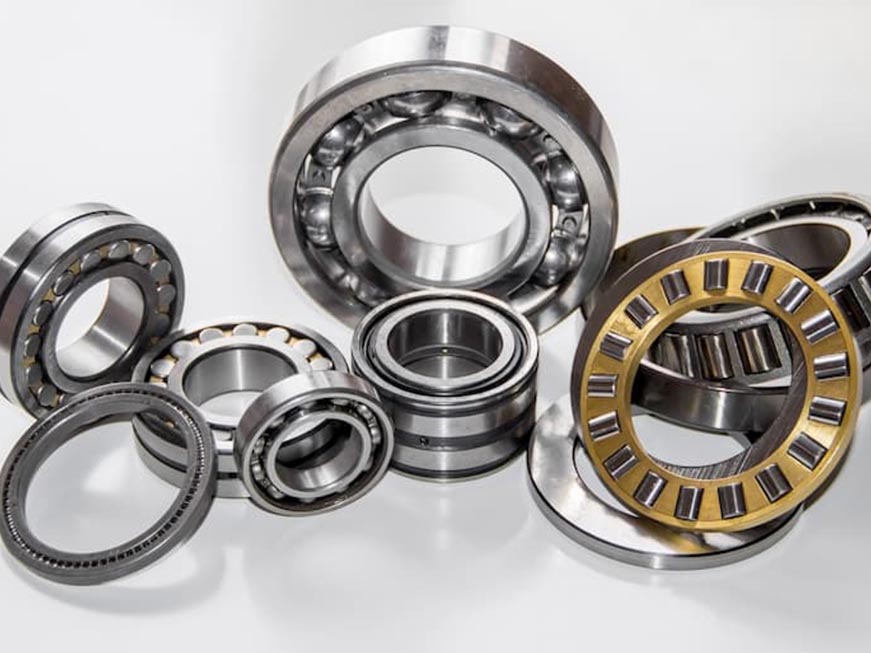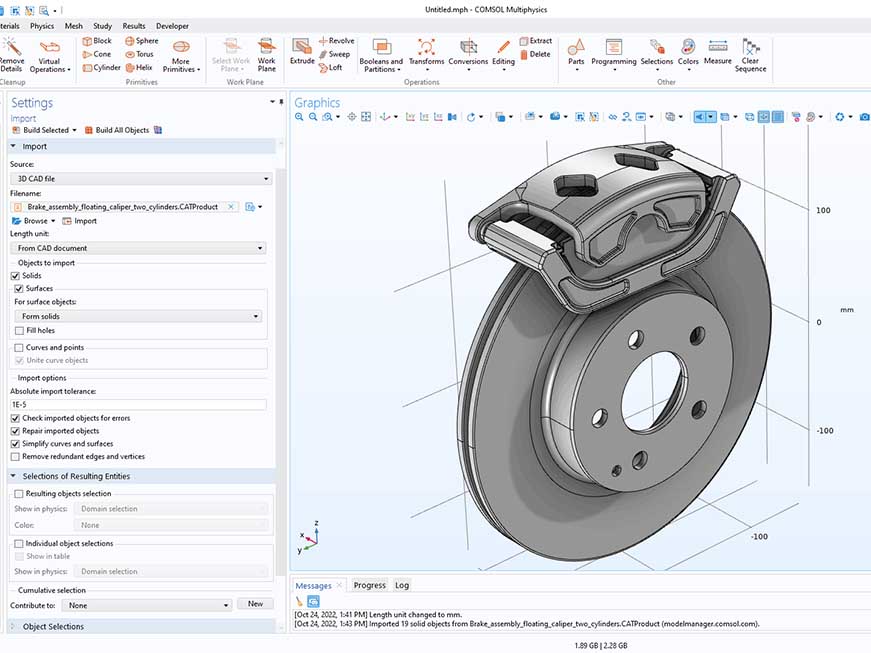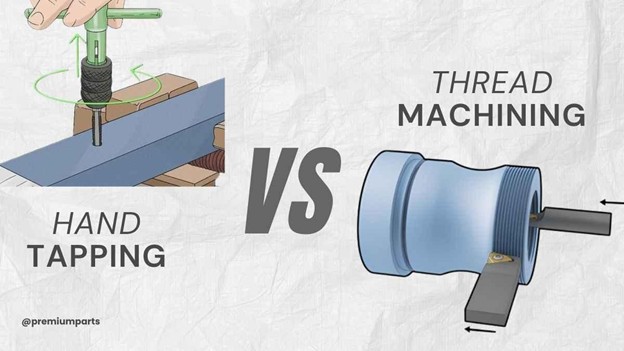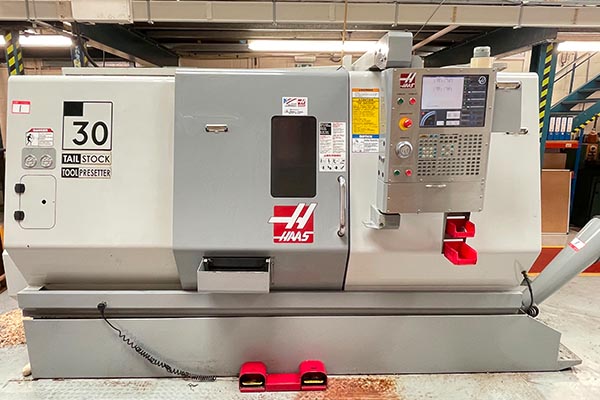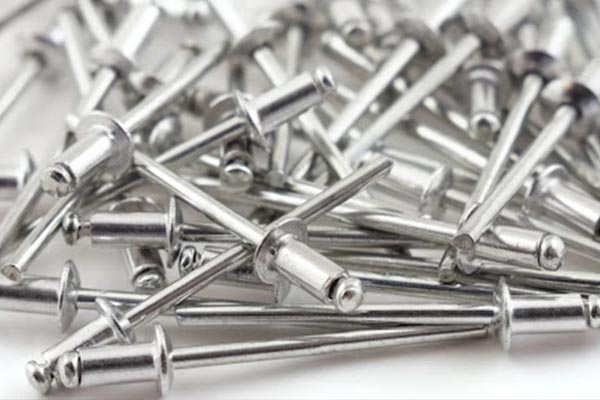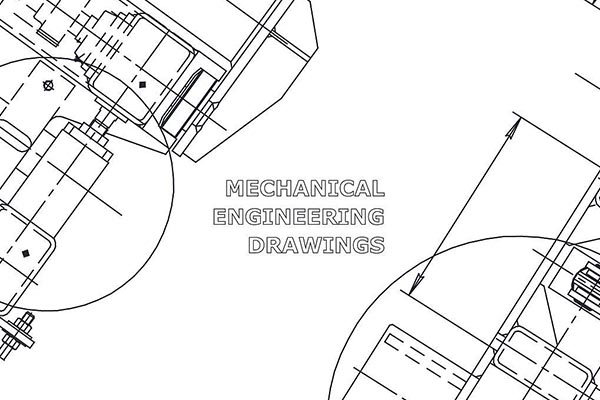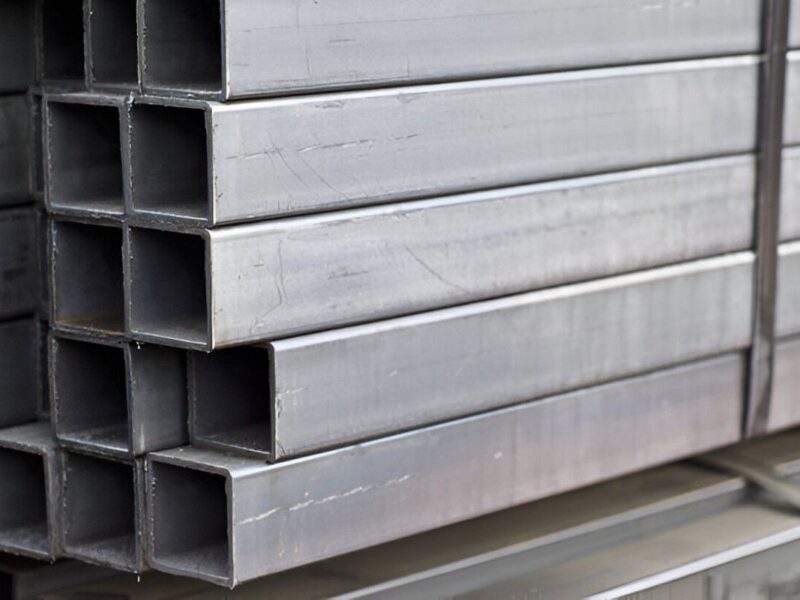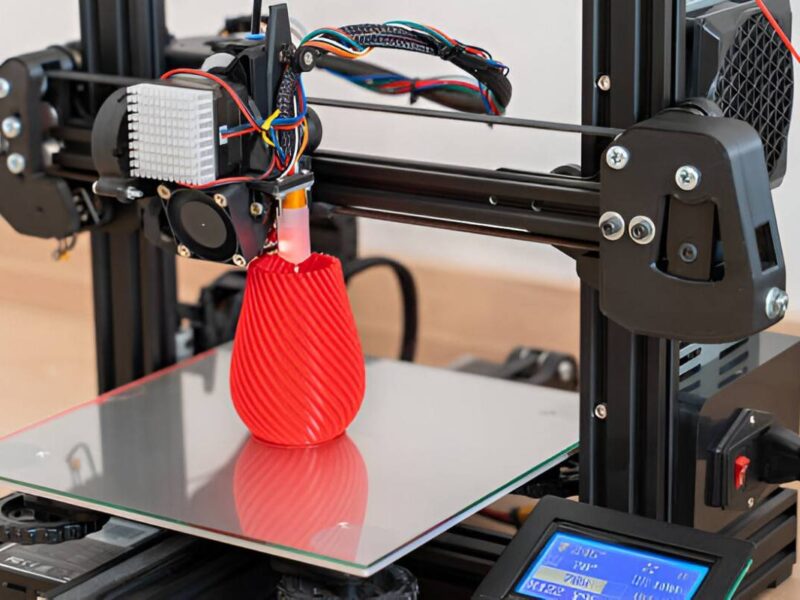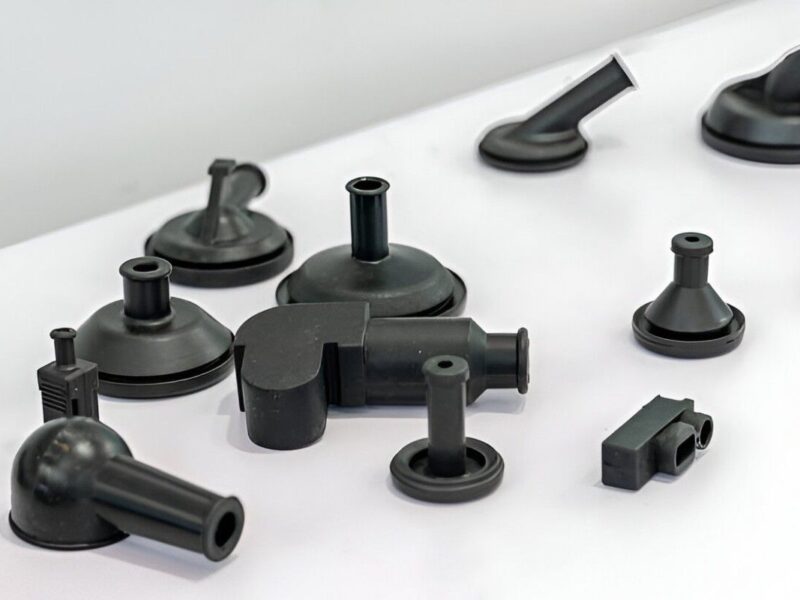You’ve got a product idea. Perhaps it could be a manufacturing part, a unique gadget, or something that might make people’s lives easier. Maybe you’ve even made a sketch, and you’ve even designed a 3D model on your computer. You’re now wondering how to make this thing come to life.
This is where CNC machining enters. This guide is for you if you’re an engineer, a designer, a startup founder, or anyone just trying to bring your idea to life. CNC machining is the spider web of modern manufacturing. It’s useful to run precise, durable, functional parts without going into mass production.
We’ll take you through all the ifs and hows of CNC machining, so you can make the best choice for yourself. In this blog, you will get to know what it is and how it works. We are going to keep things simple and free from jargon, so you can understand it all in just one blog.
We are Premium Parts. For 15 years, we’ve been building parts for the automotive, aerospace, medical, and consumer electronics industries. We have already made ourselves stand out when it comes to fast and accurate delivery of custom parts.
What Is CNC Machining? Let’s Demystify It
The technology behind CNC machining has a sci-fi appeal that makes it seem like robotic uprising material. A CNC machine operates as an extremely talented robot chef. When operating this machine, users upload digital instructions that serve as 3D blueprints. It converts raw materials, which include metal and plastic alongside any other substances, into exact precision finished parts. The machine operates under computer instructions that guide its drills and mills to execute precise shapes at the micrometer level.
Why’s this awesome? Using this machine can create hundreds of identical parts that match the first quality standard while operating at high speed. Fewer mistakes, less guesswork, and way more time for coffee breaks.
How Does CNC Machining Work?
Let’s imagine that you’re designing a custom drone part or a sleek gadget case. Here’s how it goes from idea to reality:
- Step 1: You sketch a 3D model using software like Fusion 360 or SolidWorks. Think of it like digital clay sculpting.
- Step 2: That model gets translated into G-code, a set of instructions that’s basically the machine’s GPS.
- Step 3: The CNC machine reads the code and gets to work, carving your design out of a solid block like a high-tech Michelangelo.
Machines come in different flavors:
- 3-axis: Your reliable workhorse, moving up/down, left/right, forward/back.
- 5-axis: The acrobat of the crew twists and tilts to tackle complex shapes in one go.
At Premium Parts, we’ve got both (and everything in between). Whether it’s a simple bracket or a jet engine component, our machines treat every project like brain surgery; precision is non-negotiable.
Meet the CNC Machine Family: Tools for Every Job
CNC isn’t a one-size-fits-all game. It’s more like a toolbox of specialized robots:
CNC Mills
CNC Mills uses sharp tools to carve, drill, and shape blocks of material. Most parts start here.
CNC Lathes
Lathe machines spin your material while tools sculpt it. These are perfect for anything round, think screws or rings.
CNC Routers
CNC Routers are called woodworking wizards. These are great for big, bold cuts in wood or plastic.
CNC EDM
CNC EDM uses electrical sparks to melt metal into shape. It’s ideal for parts where “almost perfect” just won’t cut it.
CNC Swiss Machines
The watchmakers of the group. Tiny, intricate parts? No Fret.
At Premium Parts, we match your project to the perfect machine. Need a titanium aerospace part? We’ve got you. A prototype for a medical device? Done. We’re here to turn “impossible” into “done by Friday.”
Why It All Matters
CNC machining is like having a robot artisan at your fingertips. It is fast, precise, and endlessly versatile. Whether you’re building the next Mars rover or a boutique furniture line, it’s the quiet hero behind the scenes. And hey, we’re just nerdy enough to geek out about it with you.
What Materials Can You Use with CNC Machining?
Short answer: a lot.
CNC machining works with both metals and plastics. Some common ones we use:
Metals
- Aluminum: Lightweight, affordable, and easy to machine. Great for prototypes and auto parts.
- Stainless Steel: Strong and corrosion-resistant. Ideal for medical and industrial applications.
- Titanium: Super strong and lightweight, but a bit pricey. Often used in aerospace and medical fields.
- Brass & Copper: Great for electronics and fittings due to their conductivity.
Plastics
- ABS: Durable and low-cost, often used in consumer electronics.
- Nylon: Strong, flexible, and wear-resistant.
- PEEK: High-performance plastic for medical and aerospace.
- Polycarbonate: Impact-resistant and clear. Like safety goggles.
At Premium Parts, we don’t just throw any material into a machine. We help our customers choose the right one based on what the part will be doing, whether it needs to survive heat, pressure, friction, or all of the above.
CNC Machining Applications in Everyday Life
CNC machining is everywhere. You might not see it, but it’s quietly shaping a ton of the stuff around you.
Automotive
From engine parts to brackets, CNC makes strong, reliable pieces that fit perfectly every time. We’ve worked with everything from electric vehicle prototypes to racing components.
Aerospace
This industry demands perfection. CNC helps make lightweight, high-strength parts that meet super-tight tolerances. We’ve machined turbine parts, housings, and even interior components.
Medical
Surgical tools, diagnostic devices, and implantable components all require clean, precise, and biocompatible materials. CNC’s accuracy makes it a natural fit.
Consumer Electronics
The sleek case of your phone? The cooling fins in your laptop? Odds are, CNC helped make those, too.
At Premium Parts, we’ve worked across all these industries. And because we specialize in rapid prototyping and low-volume manufacturing, we’re a great fit for teams who want to move fast without sacrificing quality.
Why Do People Love CNC Machining? (The Real Benefits)
Let’s cut to the chase, CNC machining is popular for a bunch of reasons.
Precision Like No Other
CNC machines don’t eyeball things. They follow exact instructions, meaning your part will be cut or shaped with excellent accuracy, down to microns. If your part needs to fit perfectly into something else, CNC is the way to go.
Repeatability
Need five parts? Or fifty? Or five hundred? The first and the last will look and perform the same. That’s not easy to pull off with manual work or some other methods.
Quick Turnaround for Prototypes
Got a design idea and want to test it out now? CNC machining makes prototypes fast, often within days. That’s what we specialize in at Premium Parts. We know you don’t have time to wait weeks or months to see if your design works.
Works with Tons of Materials
We talked about this already, but it’s worth repeating: CNC handles everything from aluminum and steel to PEEK and ABS. So, whatever your industry, there’s a good chance CNC machining can handle the job.
Fewer Mistakes
Because CNC machines run on code, they don’t forget steps, they don’t get tired, and they don’t “guess.” As long as the file is right, the machine delivers what you need.
CNC Machining vs. Other Manufacturing Methods
So, when do you pick CNC machining over something like 3D printing or injection molding? Let’s compare:
CNC Machining Vs 3D Printing
3D printing is awesome for super complex shapes or one-off parts with lots of curves. But it can be slow and isn’t always as strong or precise as CNC. Plus, 3D printed parts often need extra sanding or post-processing.
Go CNC when:
- You need parts made from real engineering-grade metals or hard plastics
- You want crisp edges and super-tight tolerances
- You’re past the idea stage and need functional parts
CNC Vs Injection Molding
Injection molding is the king of mass production. Once the mold is made, it pumps out parts fast. But that mold? It’s expensive and takes time to build.
Go CNC when:
- You only need a small batch
- You’re still prototyping and might change the design
- You don’t want to commit to tooling costs yet
CNC vs Sheet Metal Fabrication
Sheet metal’s great for flat or folded parts like enclosures or brackets. But CNC machining is better for 3D parts, have curves, holes, or need more complex geometry.
What Affects CNC Machining Costs?
We’re all thinking it, how much is this gonna cost? Here are the driving factors that affect the price of CNC machined parts:
Material
Metals like titanium cost more than aluminum. Plastics are usually cheaper, but not always. PEEK is a premium plastic, for example.
Part Complexity
The more complex your part, the more time it takes to machine, and time and money. Tiny holes, tight curves, deep cavities, they all add up costs, too.
Tolerances
Need a part that’s accurate to ±0.01mm? Doable, but it takes more time, tool changes, and careful checks.
Finishing
Want your part anodized, polished, bead-blasted, or powder-coated? All those added steps and cost.
Volume
More parts usually mean better cost per unit. But even low-volume runs (say 10-100 pieces) can be affordable if set up smartly. That’s our sweet spot at Premium Parts; we’re built for fast, accurate, low-volume production.
Setup and Programming
If your part needs custom fixturing or multiple setups, that can add cost. That’s why we often help customers tweak designs to make them faster and cheaper to machine.
Pro Tip: Want to keep costs down? Try simplifying your design, using standard radii, and choosing a common material. Or just reach out to us, we’re happy to look over your files and give tips.
How to Get Started with CNC Machining at Premium Parts
Alright, let’s say you’ve got a design and want to get it made. At Premium Parts, we’ve made it easy to go from idea to real, working parts, without the usual headaches.
Here’s how it works:
- Send Us Your Files: We accept most CAD formats. Even a rough sketch is fine to start.
- We Review & Quote Fast: You’ll get a quote within hours, not days. We also check the design for things that could affect cost, time, or quality.
- We Machine It: Once you give us the green light, we start production. Most CNC parts ship in as little as 3-7 days.
- Quality Check: Every part goes through inspection. We don’t ship junk, only parts we’re proud of.
- Pack & Deliver: You get your parts well-packed, labeled, and ready to use.
Our team in Dongguan has been doing this for over 15 years. We’re engineers first, and we love solving real-world problems for customers around the world, from the U.S. to the U.K., Canada, Italy, and beyond.
A Few Extra Tips for Beginners
New to CNC machining? Here are a few quick tips to make the ride smoother:
- Start simple: Don’t over-engineer your first design.
- Watch tolerances: Don’t go ultra-precise unless the part needs it.
- Ask questions: Seriously, we love it when customers want to learn.
- Keep your goals clear: Are you prototyping, or are these end-use parts? That’ll shape how we build it.
- Pick a shop that communicates: We’ll talk you through the process without confusing you with technical buzzwords.
Why CNC Still Matters
In a world full of flashy tech and new trends, CNC machining has quietly remained one of the most reliable, versatile, and powerful tools in modern manufacturing.
It doesn’t just make parts, it brings ideas to life. Whether you’re working on a prototype, testing a new product, or building something custom for a client, CNC gives you control, speed, and peace of mind.
At Premium Parts, we’re here to help you get it done, accurately, quickly, and with a real human touch.
If you’re curious to learn more or ready to get started, drop us a line. No pressure. No hard sell. Just honest advice and reliable support to help you make something amazing.


